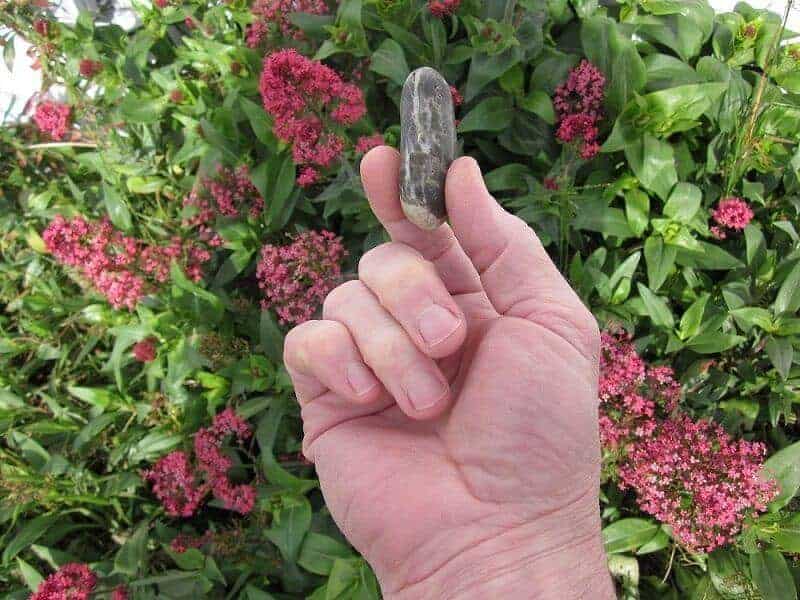How to pick the Perfect Stone for your Home
Written by Les Bloch
Every year I attend the Stone Show in Las Vegas, and inevitably someone comments, “I didn’t know the Rolling Stones were on tour!” Despite exciting advances in natural stone and man-made composites, this subject may not be as thrilling as Mick Jagger or Keith Richards. Just as Rock n’ Roll never dies, the stones I’m talking about last a long, long time.
I’m neither a geologist nor science teacher, but I can impart years of knowledge from cleaning and restoring all of these surfaces. Knowing how these stones perform in your home is your most important tool.
1) Granite– This is the Big Daddy of counter materials—and for good reason. Granites, and all similar stones, are made mostly of silica (or sand). Granite has a reputation for durability and easy wear. It typically doesn’t etch from citrus acids and the variety of colors and slab sizes make it a popular and durable choice. Lighter granites, even if well-sealed, will darken and stain from oils and organic materials (like coffee), so be aware when making your color choices.
Best Application: Counter, floor, bath and shower
2) Marble-Marble is the Gold Standard for many people and has been admired throughout history. Marble is a calcium-carbonate material (or bones) and reacts with acid. Marble is best used in areas free of water and acids. The satin look of marble is called “honed” and means it’s not polished to a high shine. As is typical of most stones, the lighter colors can show stains. Some marbles, like Carrara, have been used in kitchens and candy shops for hundreds of years. Marble is a maintenance stone and will require honing and polishing from time to time.
Best Application: Entry, foyer, hallway, bedroom
3) Limestone and Travertine-Both of these stones are popular because of their natural look and comfortable satin finish. Limestone and Travertine have many variations and these irregularities define their charm. Both Limestone and Travertine are calcium-based and will etch if exposed to acids that are common in most homes. Travertine is honeycomb in structure and the natural voids are filled at the factory–holes that often reappear later. Limestone and Travertine are maintenance stones and typically require honing and resealing from time to time.
Best Application: Entry, foyer, hallway, bedroom
4) Porcelain and Ceramic tiles-Technically porcelain and ceramic are not stone, though such great advances have been made in manufacture that it’s hard to tell the difference. Faux (or false) stone is now made in multiple patterns to fool the eye, and many professionals have a hard time identifying the ruse without close scrutiny. Porcelain and ceramic tiles are durable and long lasting and perfect for water-exposed areas.
Best Application: Bathroom, shower, water closet
5) Mexican Pavers and Terra Cotta-These charming clay-based unglazed ceramic tiles are a popular hard-surface material used to produce a warm, hacienda-style effect in homes throughout the world. Because these are man-made products from the earth’s most basic elements, they have the feel of stone and are similarly used. These tiles are soft, absorbent and unstable. This product can be sealed with an impregnating (absorbing) or topical (top-coating) sealer. These products usually require maintenance, stripping and/or resealing at some point.
Best Application: Flooring, counters, exterior areas without topical sealing
6) Soap Stone-This stone is typically dark, black and/or may have a hint of green. It’s a natural stone rich in talc (as in talcum powder). It’s a soft stone that has been carved for thousands of years. Scratches can be sanded out and water-rings re-oiled.
Best Application: Counters, floors
7) Composites and Man-Made materials– here’s where the Rolling Stones and tumbling dice come back again. Every year, new materials are introduced in Vegas, wunderkind materials the manufacturers hope will revolutionize the industry. Most of these materials are made of crushed natural stone and a filler—either resin or cement—and some of the more innovative companies use recycled materials such as glass or plastic bottles. Test a sample yourself with the foods and oils you use daily. Once you’ve tested and confirmed the warranty, you can make an informed decision.
Best Application: Counters, backsplashes
Less popular, less used stones such as basalt, quartz and nacre (Mother of Pearl) are used in various areas of some homes and generally are not a problem if used as decorative accents. Some of these stones (like recently popular concrete countertops) require resin or wax applications to maintain their appearance, so if you plan to buck convention and move like Jagger, you better limber up and do your own research and testing.
Whatever material you choose for your home, the best thing you can do is educating yourself beforehand. There’s no need for tumblin’ dice when—with the right information–you can bet on a sure thing.
**************************************************************************
Les Bloch is a writer and the project manager for Appleby Total Stone Restoration. His articles have appeared in the Los Angeles Times, the Contra Costa Valley Times as well as ongoing contributions to two national blogs . Les won the Jack London Award for short fiction and is a frequent contributor Perspectives on National Public Radio.

